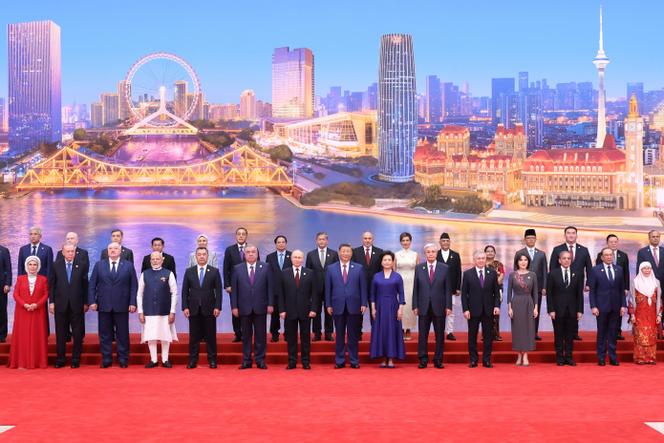


The avenues, though closed to traffic by a strict police deployment, allowed the procession of official limousines to flow freely. Every lamppost was decorated with banners which read, in Chinese, Russian and English: "Meet in Tianjin for Win-Win Cooperation." For two days, the vast port city, located 150 kilometers from Beijing, became the focal point of China's effort to reshape the world order to the West's detriment.
Chinese President Xi Jinping hosted around 20 foreign leaders there on Sunday, August 31, and was set to continue on Monday, September 1, including his friend, Russian President Vladimir Putin, and Indian Prime Minister Narendra Modi, who has become particularly frustrated with the recent shift in his relations with the United States. Donald Trump rolled out the red carpet for Putin in Alaska in mid-August, despite the ongoing war in Ukraine. Yet for the Indian leader, the American president opted for humiliating tariffs, levied in response to India having purchased gas from Moscow. Both have now turned their attention to China.
The Tianjin summit, held in a city of about 15 million people whose center still bears the scars of its colonial-era foreign concessions, was originally billed as a meeting of the member states that comprise the Shanghai Cooperation Organization (SCO), a Central Asian regional forum. Yet never before had the Tianjin summit hosted so many observer states, ranging from Egypt to Malaysia. Xi used the occasion as a platform to promote a much broader message, one about the need to break away from the norms and values that have long been touted by the US and Europeans. He aims to position China as a pillar of stability in an increasingly uncertain world.
You have 83.01% of this article left to read. The rest is for subscribers only.
